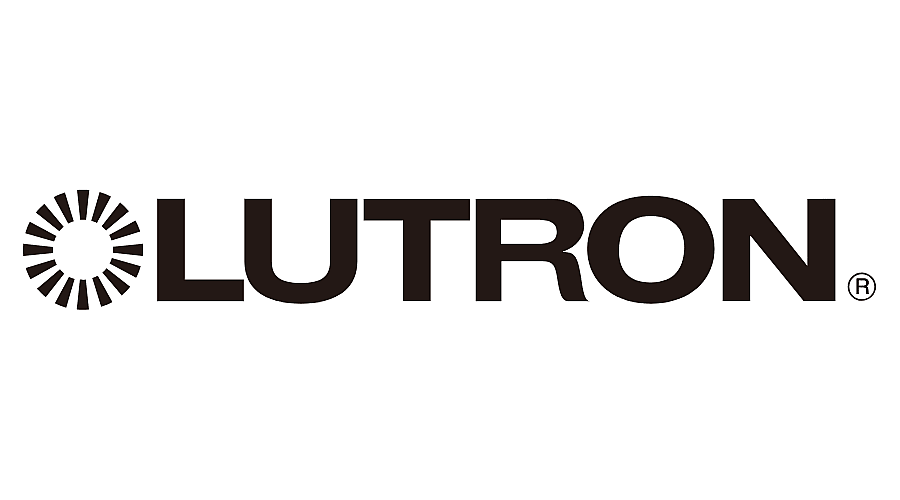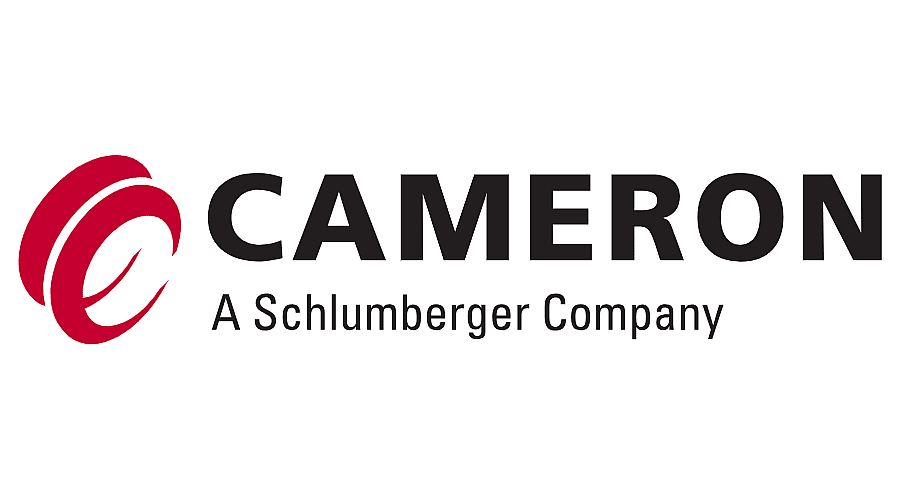The Future of Fire Investigation: Tools and Techniques
A fire investigator’s principal job is to locate the origin of a fire and determine how it started. While an investigator’s five senses are crucial to the process, they can improve the reliability of their findings with advanced tools and techniques. Learn how these improvements are shaping the future of fire investigation.
An Investigator’s Toolkit
A detail-oriented fire investigator knows when to use technology to improve their inspection of a fire scene. After all, plenty of crucial evidence in a fire is not immediately noticeable. Some tools that are becoming more common in fire investigations include:
Gas Chromatography/Mass Spectrometry (GC/MS)
In the past, gas chromatography and mass spectrometry equipment stayed in a lab. Investigators collected debris and sent it off to that lab for a detailed analysis of its chemical makeup.
However, portable GC/MS devices are becoming more and more commonplace in fire investigations. The ability to test fire debris in the field and get that chemical analysis quickly saves investigators valuable time. Knowing the chemical fingerprint of the debris from a fire can provide valuable answers about its origins—and about potential accelerants used.
3D Laser Scanners
A 3D laser scanner gives firefighters and investigators the ability to capture an entire fire scene, including small details that are easy for the eyes to miss. Having that 3D model of the scene allows investigators to revisit it later without disturbing any potential evidence.
Investigative Techniques
The procedures that fire investigators have been following for decades are often subject to changes and updates based on new information. The gold standard manual for fire investigation is called NFPA 921, the Guide for Fire and Explosion Investigations. NFPA 921 regularly undergoes revisions when new or updated techniques become available.
Arc Mapping
Fire investigators have been mapping arcs, or tracing electrical patterns to locate a fire’s origin, for many years. Recent updates to NFPA 921 classify arc mapping as a fire pattern; it’s useful information, but it’s not a foolproof way to find the fire’s origin. Dreiym Engineering is an expert electrical engineering company in Texas that utilizes arc mapping as an investigative component, not an ultimate answer.
Increased Electronic Communication
One of the most effective methods fire investigators use to gather new information is contacting experts in relevant fields. Email is an easy and intuitive way for investigators to reach out to appliance manufacturers, power companies, and chemistry experts to gain more crucial data.
In Conclusion
Fire investigation experts are constantly honing their detective skills and taking advantage of new technology to help them draw educated conclusions. Updates to these techniques and tools take the guesswork out of determining a fire’s point of origin.
At Dreiym Engineering, we have our finger on the pulse of the future of fire investigation, adapting our processes as new tools and techniques become available. If you need to determine how a devastating fire started, get in touch with our forensic engineering team.












































